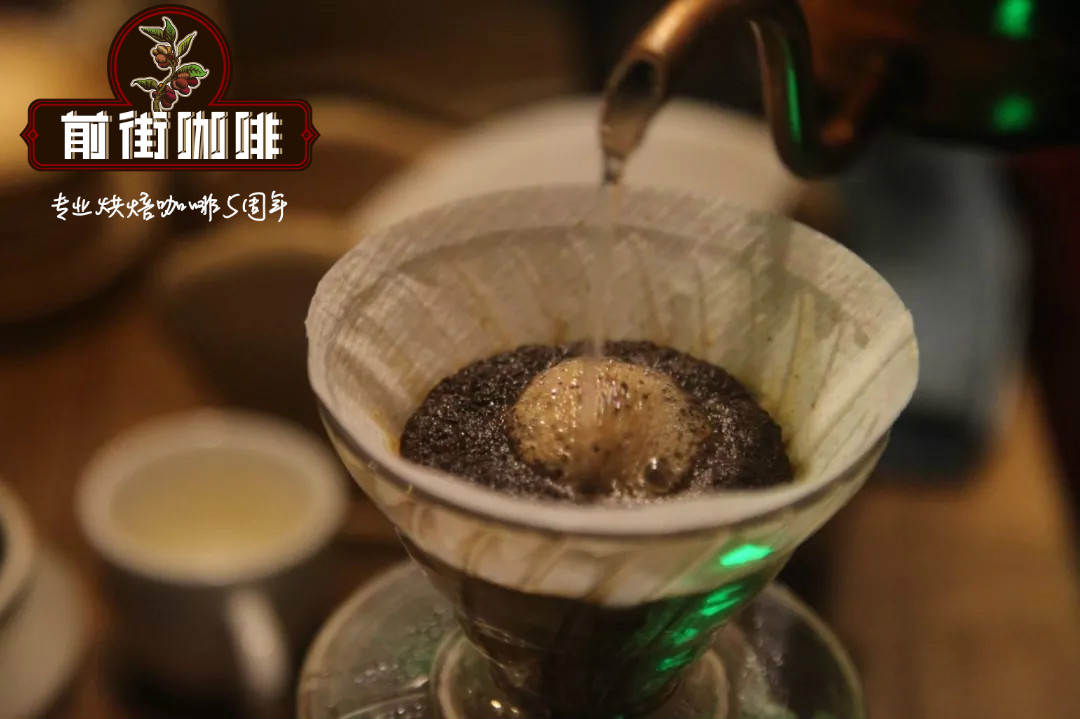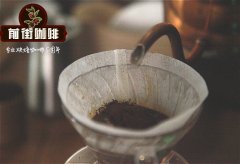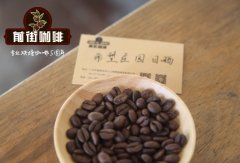Introduction to Columbia Coffee Coffee Variety of castillo Coffee grading system in Colombia

Professional coffee knowledge exchange more coffee bean information please follow the coffee workshop (Wechat official account cafe_style)
Castillo, a disease-resistant and prolific new variety in Colombia for more than a decade, stumbled into mass production under the forced operation of the powerful Coffee producers Association (FNC), but the picky boutique still cast a skeptical eye, shouting rotten rather than praise.
Due to the rampant leaf rust, Colombia launched a disease-resistant variety Colombia as early as 1982, but the taste is sour but not fragrant, and the boutique industry does not like it, so it has been unable to replace the sickly but elegant Kaddura and Tibica. For more than 20 years, Kaddura and Colombia are still the two main varieties in Colombia.
However, the gene for leaf rust continued to evolve, and Colombia gradually lost its resistance to the disease. In addition, in recent years, leaf rust has come together with fruit rot in Greenhouse Effect, forcing Colombian experts to cultivate new, stronger varieties. In 2005, Costa Rican experts finally released a new generation of super coffee that was resistant to leaf rust and fruit rot and was more productive, in honor of Dr. Dr James Castillo of Costa Rican breeding.
Castique was based on Colombia, and then backcrossed and selected with Kaddura until the tenth generation (F10). It is not only resistant to leaf rust, but also resistant to fruit rot, and its taste spectrum is said to be more elegant than Colombia.
However, the implementation of Casti excellent new varieties is not smooth, farmers stand idly by, and the willingness to change varieties is not high. In order to promote the "prestige" of Castique, FNC did not hesitate to tamper with the 2010 Columbia CoE contest to change the Kaddura variety of the cup test champion manor La Loma to 100% Castile, and there was a public outcry when the bag was caught. (see Fine Coffee Science Volume 1, p. 249 for details)
At present, it is known that there are not many disease-resistant varieties with elegant global flavor, including Kenya Batian, Brazil Icatu, and Indonesia Ateng and Tim Tim. It remains to be seen whether Costa Rica's Castiao can be included in the list.
The three Codiera mountains in Colombia run north and south to the Andes, and local coffee farmers grow coffee along the highlands of these mountains, with diverse climatic production conditions; and because of changes in altitude, a large part of Colombia's coffee industry is produced by smallholder production.
However, unlike the coffee-producing countries in Central America, which are mostly classified by the altitude of their growth, Colombian coffee is distinguished by the size of the bean-shaped mesh, of which the Supremo grade above 17 mesh is the largest, and the next grade is the 16-mesh EXCELSO EXTRA.
END
Important Notice :
前街咖啡 FrontStreet Coffee has moved to new addredd:
FrontStreet Coffee Address: 315,Donghua East Road,GuangZhou
Tel:020 38364473
- Prev

What are the characteristics of Congolese coffee? Introduction of Congo Coffee producing area introduction of Congo Mongano Cooperative
Professional coffee knowledge exchange more coffee bean information Please follow Coffee Workshop (Wechat official account cafe_style) the Democratic Republic of the Congo is located in Central Africa, the equator runs across the north-central part, the local forest cover is about 58.7%, is the seventh largest tropical forest in the world, and is rich in agricultural products, most of which are tropical crops. Suitable for growing coffee in Robusta; the easternmost is volcanic activity.
- Next

Huilan District of Colombia hopes that the manor will insolate the flavor of Castillo / Iron pickup / Kaddura Coffee.
Professional coffee knowledge exchange more coffee bean information please follow Coffee Workshop (Wechat official account cafe_style) Colombia La Esperanza Natural Columbia Hope Manor Solar country: Columbia production area: Huilan altitude: 1800m treatment Grade: SUPREMO varieties: tin truck, Kaddura, Castiu | Colombian Hui
Related
- Detailed explanation of Jadeite planting Land in Panamanian Jadeite Manor introduction to the grading system of Jadeite competitive bidding, Red bid, Green bid and Rose Summer
- Story of Coffee planting in Brenka region of Costa Rica Stonehenge Manor anaerobic heavy honey treatment of flavor mouth
- What's on the barrel of Blue Mountain Coffee beans?
- Can American coffee also pull flowers? How to use hot American style to pull out a good-looking pattern?
- Can you make a cold extract with coffee beans? What is the right proportion for cold-extracted coffee formula?
- Indonesian PWN Gold Mandrine Coffee Origin Features Flavor How to Chong? Mandolin coffee is American.
- A brief introduction to the flavor characteristics of Brazilian yellow bourbon coffee beans
- What is the effect of different water quality on the flavor of cold-extracted coffee? What kind of water is best for brewing coffee?
- Why do you think of Rose Summer whenever you mention Panamanian coffee?
- Introduction to the characteristics of authentic blue mountain coffee bean producing areas? What is the CIB Coffee Authority in Jamaica?

